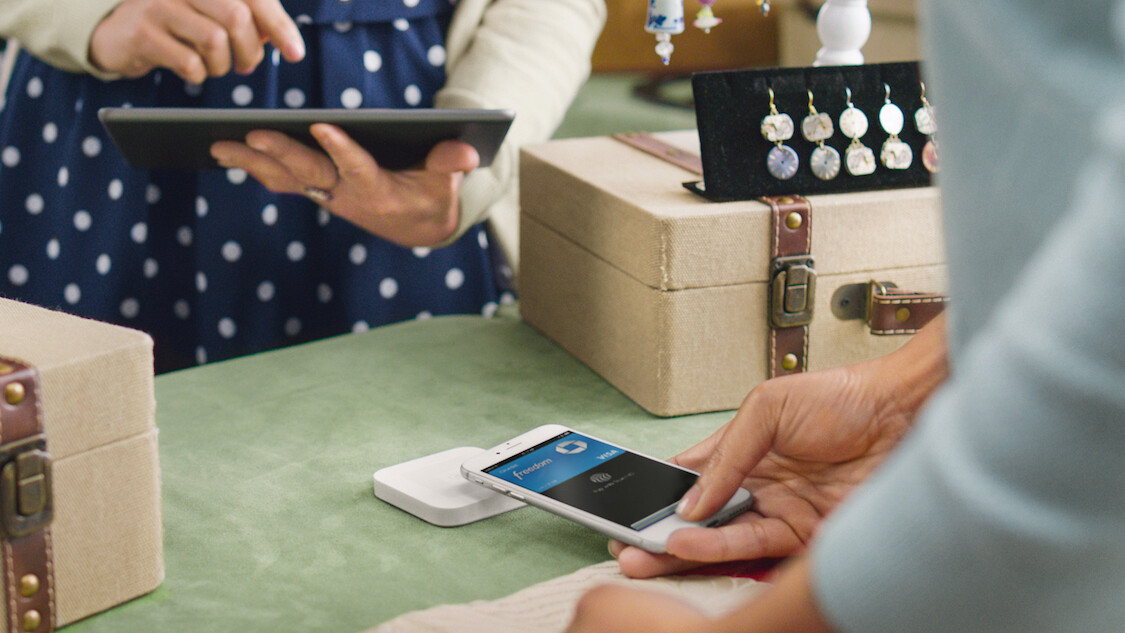
Eight months from the launch of Apple Pay in the UK and a report from The Memo highlights just how little we know about the adoption or success of the service so far.
That’s right, Apple – a company that never misses an opportunity to crow about its wins – hasn’t said a word about how frequently (or infrequently) Apple Pay is used as a payment method since its introduction.
To me, that suggests that it’s not going all that well. Indeed, according to Transport for London’s (TfL) figures, less than half a percent of the total journeys on the network are paid for with a mobile device, and given that Android Pay hasn’t launched in the UK (and nor has Samsung Pay) then it doesn’t really take a genius to work out that it’s iOS devices being used for the transactions right now.
What this also suggests to me is that the average user isn’t all that interested in paying for things with their smartphone. Of course, there are convenience arguments that device makers and service providers can (and do) make, and perhaps it is just a learning curve for users.
Perhaps it’ll take a change of habits and the constant reminder at the point of sale to remind people that Apple Pay is an option? Consumers do love being nagged.
There’s an arguable convenience benefit for users, but there’s a very definite gain for the businesses providing the technologies. Taking a slice of payments, or just harvesting all that purchasing data could be incredibly lucrative. Even for the business accepting payments – quicker transactions mean more people served in a shop. It’s a pretty straightforward equation.
Mobile payments are likely still trudging towards the mainstream, but don’t believe the hype – it’s not been widely adopted by users from all we can tell, and has seen particularly lackluster take-up in the UK where the option is available. Contactless payment cards are increasingly used for transactions, however. TfL saw an overall rise in contactless payments on its network – to over 25 percent of all journeys – but the huge majority were the swiping of a card, not a phone.
With Android Pay not even live in the UK, Apple has virtually no competition, and it still doesn’t really seem to be making too much of an impression.
Whether the lower price-point of the iPhone SE will change that remains to be seen, but Android has an awful lot of ‘lower-end’ devices available for users, so if availability at a specific price-point is the defining factor for the success of contactless mobile payments, then it still feels like an uphill battle for Apple Pay.
Hell, even after all this time, a huge international bank like Barclays still doesn’t support the option, despite ceaseless complaints from customers.
Contactless payments are here, but convincing regular Joes and Janes to care is an entirely different challenge that mobile companies and retailers haven’t yet cracked.
Get the TNW newsletter
Get the most important tech news in your inbox each week.




